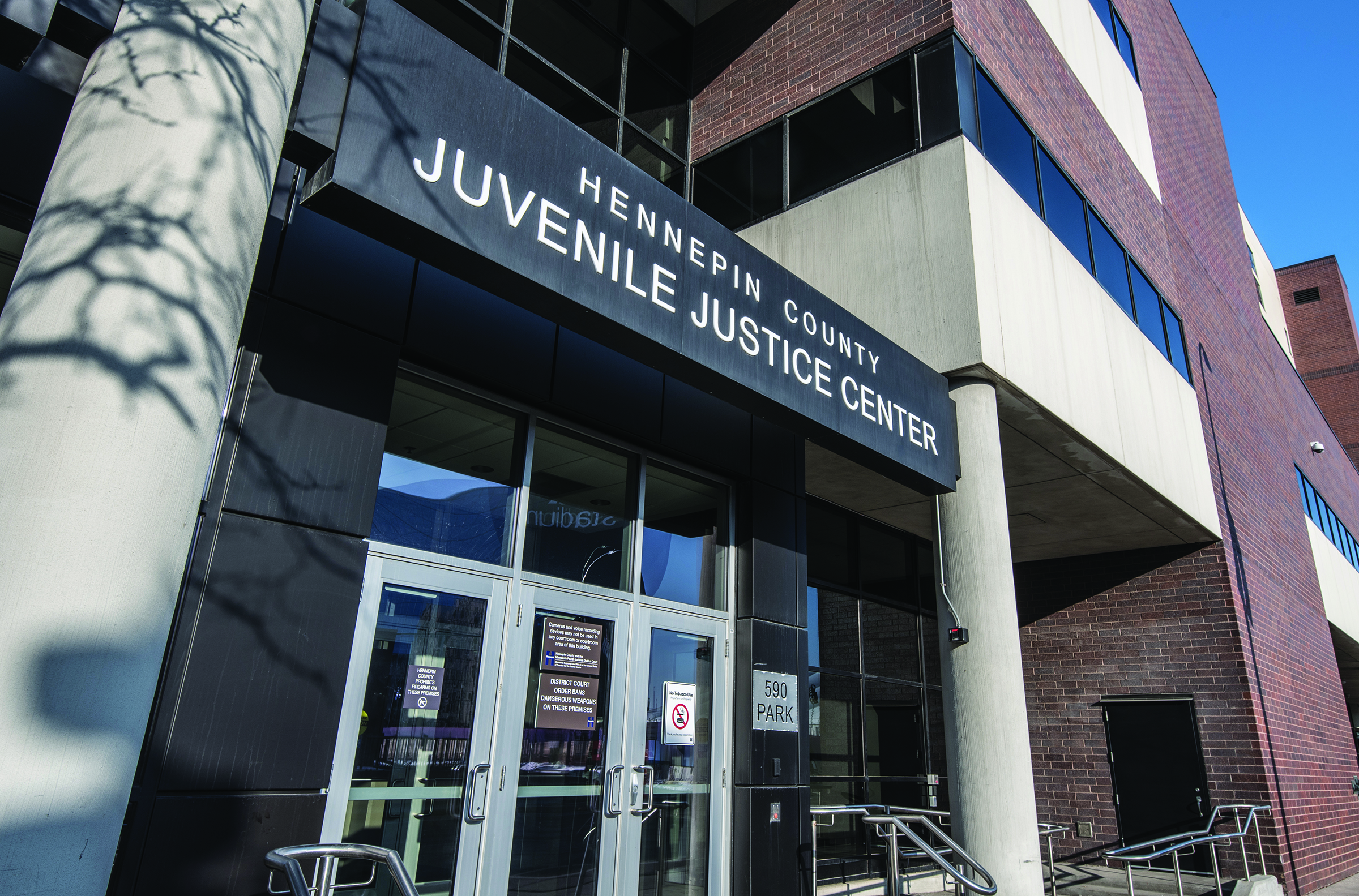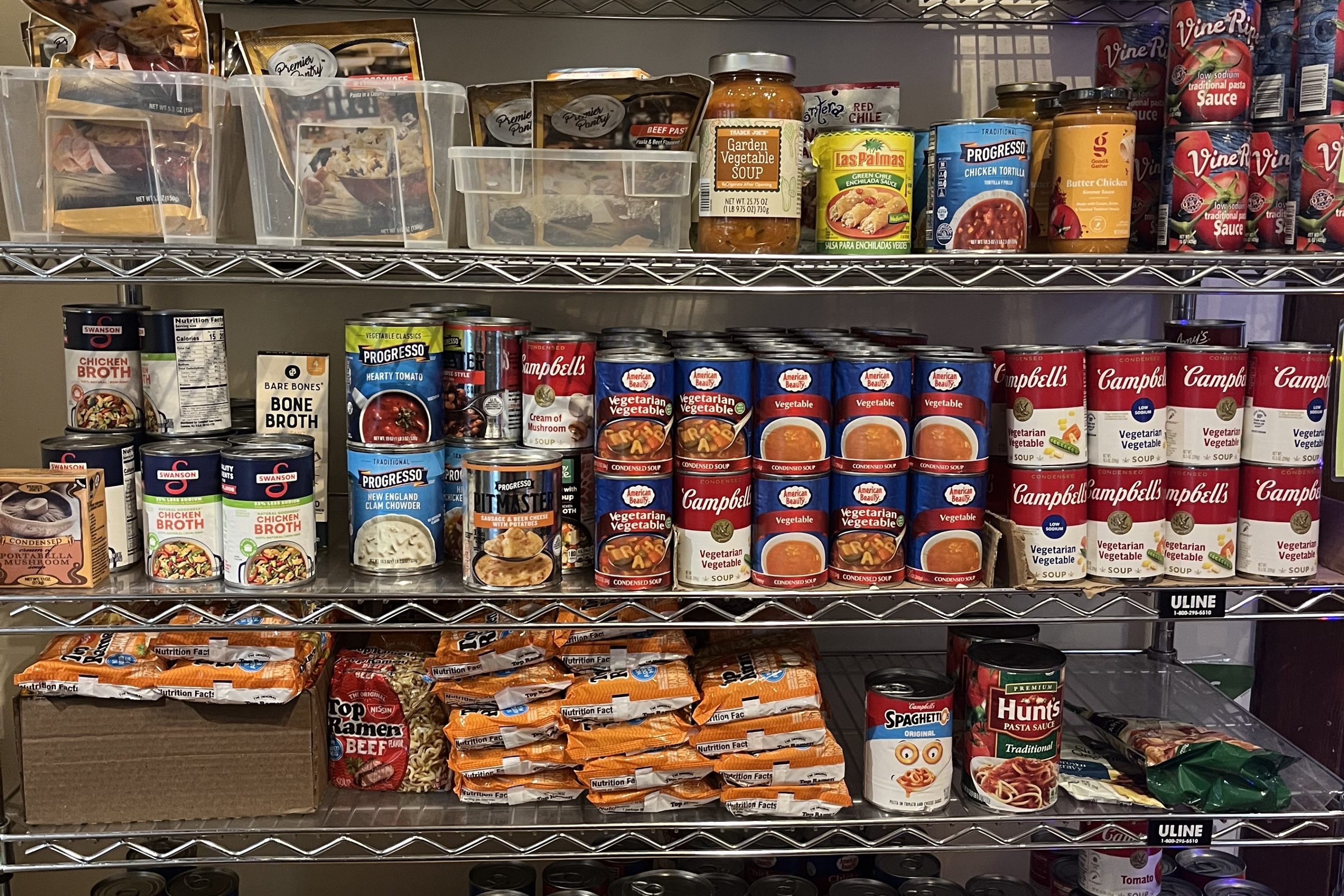There is a lot of understandable concern about serious crime in Minneapolis, often expressed online, especially on the Nextdoor app. I limit my time on the Nextdoor app, as reading the daily descriptions of crime can be discouraging.
To illuminate the judicial process in Hennepin County, I will highlight how judges handle preliminary decisions after a defendant or juvenile is charged with a crime and detained, either at the Public Safety Facility for adult defendants, or at the Juvenile Justice Center for juveniles.
Three important principles for judges to weigh are the risk to public safety, considering the charged offense and the liberty interests of the defendant.
If an adult defendant is arrested and detained at the jail (the Hennepin County Adult Detention Center), then the Court has to have a hearing within the next day or two, excluding holidays and weekends.
The purpose of the hearing is to decide whether the defendant should be released, or if the Court should impose conditions on his or her release. The conditions can include remaining in jail, wearing an ankle bracelet or drug testing, depending upon the circumstances of the offense and the defendant.
These hearings are held at the Public Safety Facility at 410 Park Avenue South in Minneapolis, and they are open to the public.
Most of my criminal experience has been in juvenile court.
Most of the detention hearings for juveniles charged with serious crimes (called “delinquency” in juvenile court) are open to the public and are held at the Juvenile Justice Center at 590 Park Avenue in Minneapolis.
If interested in observing a detention hearing, it is a good idea to call the Juvenile Court at 612-348-4822 to see which, if any, cases on the detention calendar are open to the public.
The following paragraphs illustrate an example of a “typical” (if there is such a thing) juvenile court detention hearing:
It is 1:30 p.m. in juvenile court, and the Juvenile Court Detention calendar is about to begin. When I handled these cases, there were no windows in the courtroom, and the atmosphere was usually tense.
The majority of the kids on the detention calendar are from a minority population. The juvenile’s parents are usually present.
A probation officer makes a recommendation as to whether the juvenile should be released to his home or to a relative and whether he or should be detained either at the Juvenile Detention Center or at home wearing an ankle bracelet (“electronic home monitoring” or “EHM”).
A Hennepin County Attorney opines as to what should happen to the detained juvenile. A parent(s) also usually appears, although not always.
It is heartbreaking when no adult appears with the juvenile, either because the parents have given up or, and this is the worst, the juvenile does not have parents or relatives able to care for them.
Once in a while, the juvenile will agree to remain at the Detention Center, because there are no other reasonable options.
Often there are no future placement options, and the Court may be forced to select a less than ideal option.
The “easy” cases are the ones where Probation, the County Attorney, the parents, and most important, the juvenile and parents agree that the juvenile should be at home with parents under their supervision. This plan is often for those juveniles charged with property offenses or lower-level assaults.
The complicated cases are those where the charge is a serious felony involving a weapon, but the juvenile has no prior record and the parents want the child returned home, particularly if the child is going to school and involved in extracurricular activities, or a parent needs the juvenile to help around the house.
Because the juvenile is new to the system, there may not be much information. On the one hand, the child may be a risk to public safety and may re-offend if released.
No judge wants to be blamed for releasing a child who ends up harming another victim or possibly the same victim in a domestic assault case.
Most agree that a juvenile is not going to be rehabilitated at the detention center.
It is named the “detention center” after all, and not the “rehabilitation center.”
Although the detention center does a good job schooling kids and providing for their safety, there is legitimate concern that a detained juvenile may be more likely to re-offend following detention than if he or she were allowed to return home or to a relative’s care.
Contrary to what you often see on television, judges often have to make these important detention decisions quickly, especially in Hennepin County with a population of approximately 1.26 million.
A compromise decision can involve placing the juvenile on electronic home monitoring, although the ankle bracelet can be cut pretty easily, and the bracelet obviously cannot prevent a juvenile from re-offending. It can only reduce the risk.
Ultimately, we try to make the best decision but often have limited information. And it is more of an art than a science deciding who is “dangerous” and likely to re-offend and who is not.






